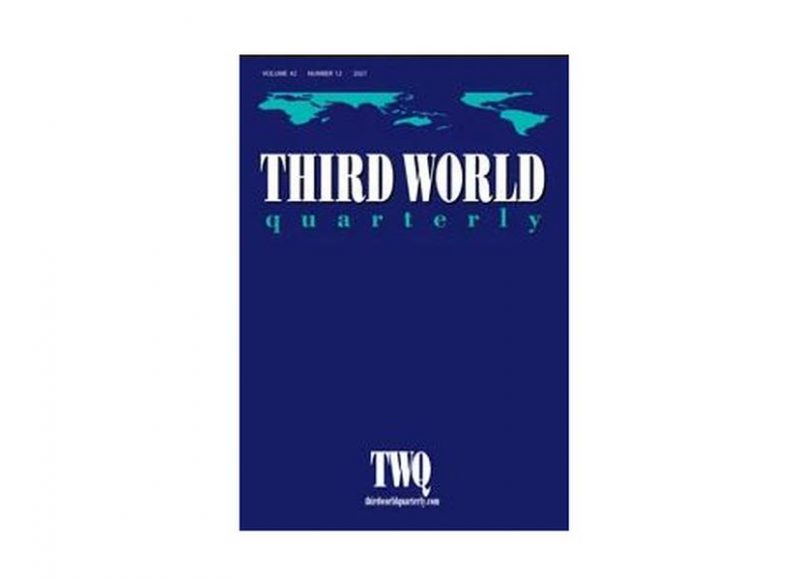
Imagined inclusions into a ‘green modernisation’: local politics and global visions of Morocco’s renewable energy transition
Imagined inclusions into a ‘green modernisation’: local politics and global visions of Morocco’s renewable energy transition
Article published in Third World Quarterly
by Christian Haddad, Cengiz Günay, Sherin Gharib, Nadejda Komendantovac
5 January 2022
Abstract
Energy transitions in the Global South are typically said to sit somewhere between autocratic mega-projects with considerable fallout for local communities on the one hand, and promissory projects to foster a better, sustainable and more inclusive future on the other. Morocco’s ambitious energy strategy entails the construction of 20 concentrated solar power (CSP) plants across the country and aims to provide energy security and position Morocco as an exporter of green energy. While energy transitions usually reflect existing power hierarchies, this article focuses on the dynamics Morocco’s energy transition plan has set in motion at the local level in affected communities. Based on fieldwork in the province of Tata, where two CSP plants are planned, the article argues that the promising yet elusive vision of solar energy has created a space for political articulation and agency at the grassroots level. Morocco’s energy transition is conceptualised in terms of an imaginary of ‘green modernisation’ that operates in two diverging dimensions: as an ideological glue legitimising and reproducing the regime’s existing power by ‘greening’ its political-economic system; and as a site for novel forms of activism to problematise power structures and articulate demands for political participation, inclusion and public infrastructural investments.

